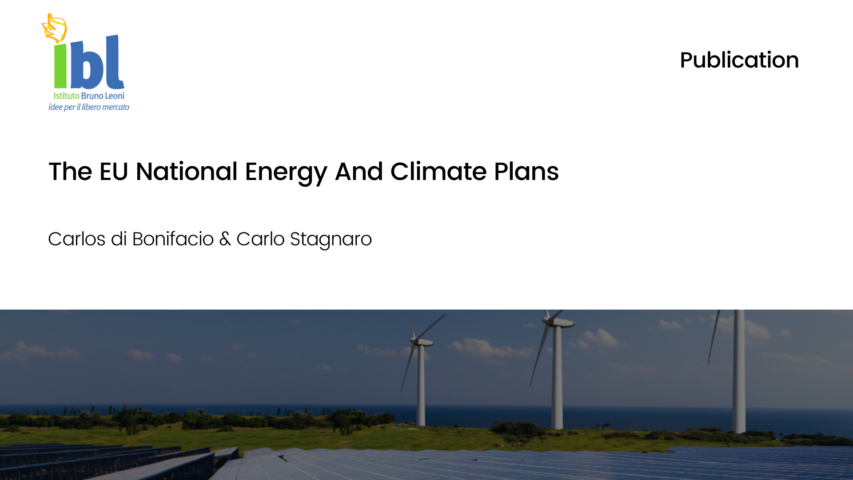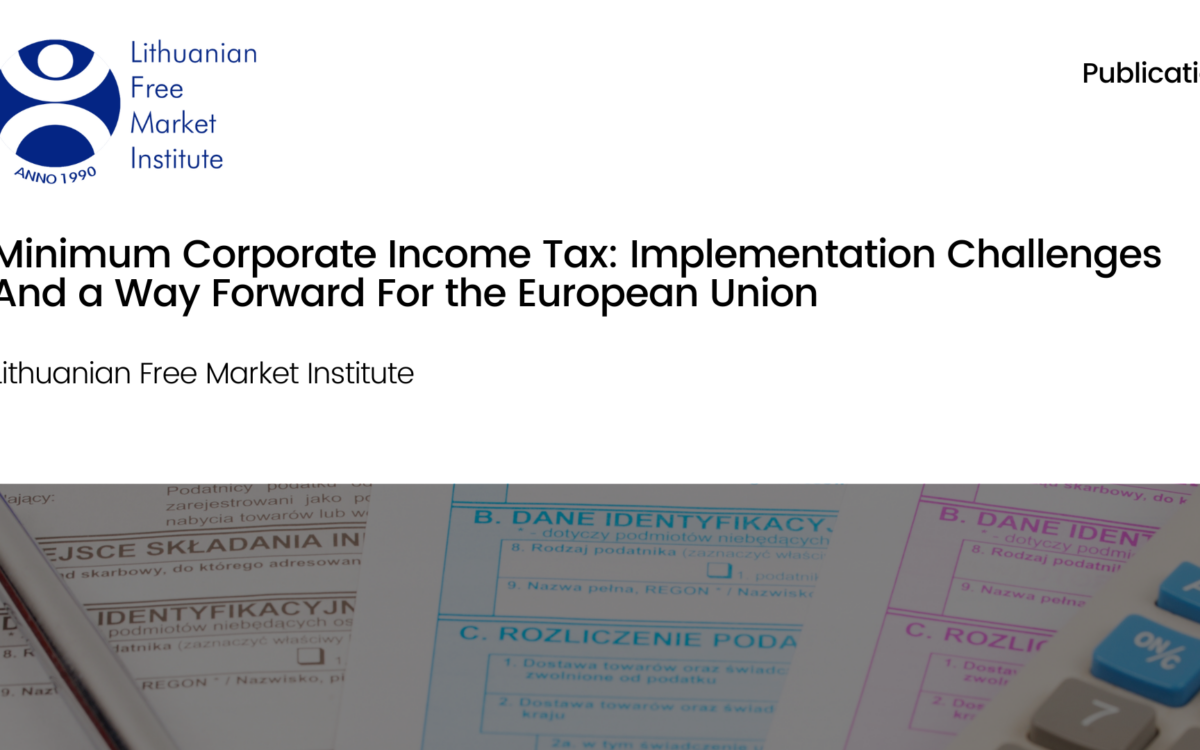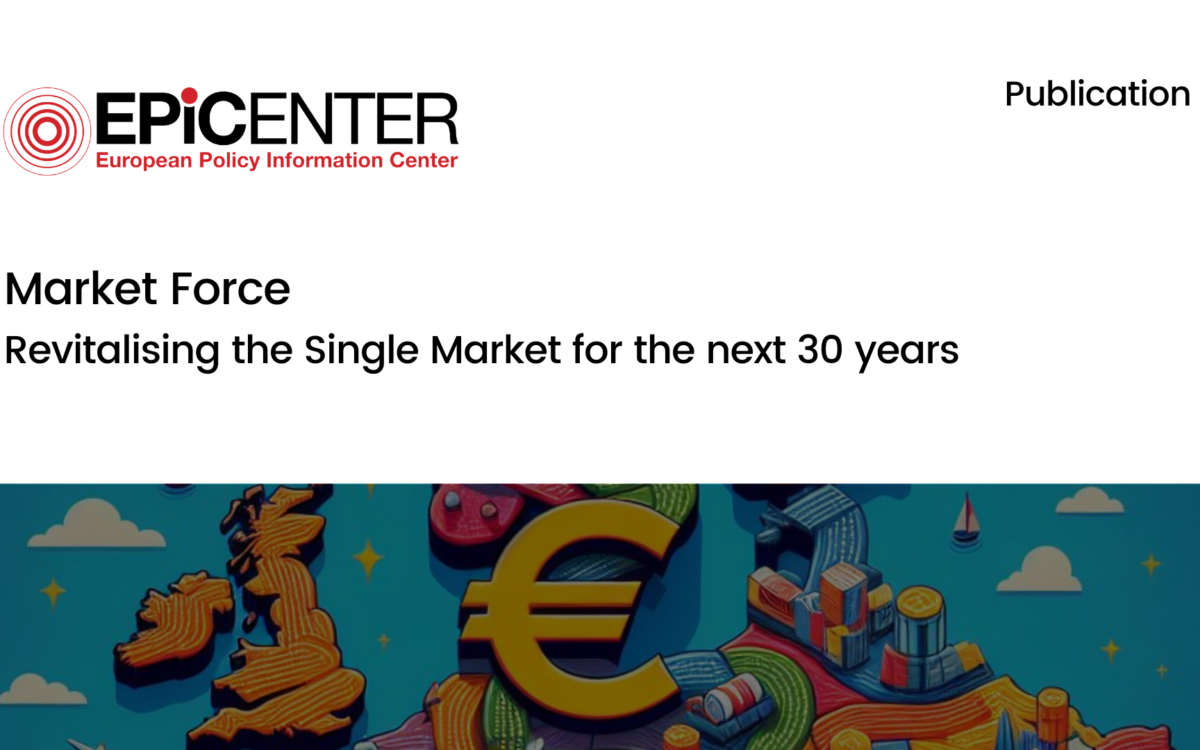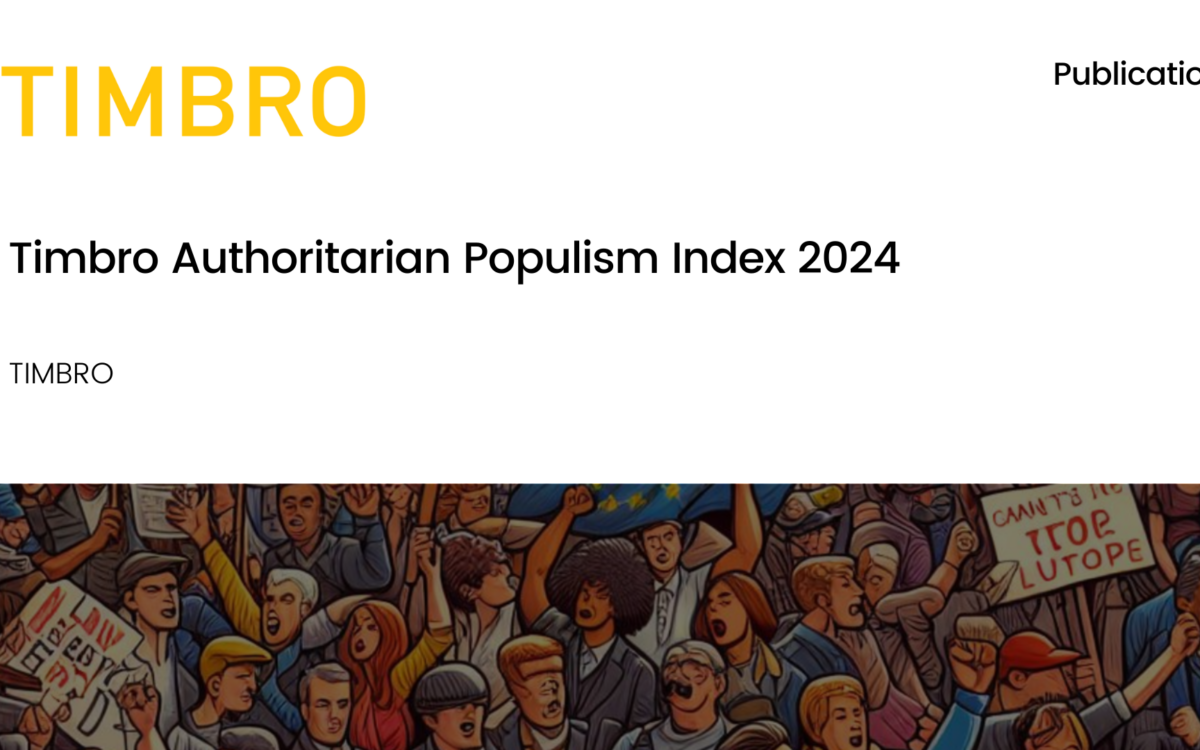The EU National Energy And Climate Plans

The EU National Energy And Climate Plans
2 February 2021
With the Clean Energy for All Europeans package, the European Union has committed to being carbon-neutral by 2050. In order to achieve this goal, the EU Commission and the Member States have agreed upon binding targets to be met by 2030: emissions of greenhouse gases (GHGs) shall be cut by at least 40 per cent below 1990 levels, renewable energies shall cover at least 32 per cent of final energy demand, and energy efficiency shall be improved by at least 32.5 per cent as compared to business-as-usual.
These objectives are broadly in line with the Paris Agreement, a multilateral pledge adopted in 2015 which calls the Member States to implement policies ambitious enough to contain the global temperature increase well below 2°C above the pre-industrial levels. Targets might be revised to be even more ambitious in the next few months: the Commission presented a plan to reduce emissions by 55 per cent, rather than 40 per cent, by 2030.
For these increased ambitions to become legally binding, several formal steps need to be taken that would require both time and effort. In this paper we will focus on the current goal of -40 per cent, which provides the foundation for several policies that have been adopted, or are in the process of being adopted, both at the EU and national level. Of course, when the 55 per cent target becomes legally binding, the measures and plans described below will have to be updated. Some of the problems of internal consistency and cost-effectiveness that need to be addressed under the current scenario will become even more relevant. In designing the road to -55 per cent, these issues need to be fixed in order to achieve the desired environmental and economic goals.
Given the magnitude of the challenge, policies should be closely scrutinized ex ante, monitored as they are implemented, and evaluated ex post. In this respect, the EU Commission is making a valuable effort to make data available to independent researchers, on top of the evaluation exercises conducted by the Commission staff itself. The 2030 Clean Energy for All Europeans Package entails a coordinated effort by the Commission and the Member States. While goals are – in most cases – intended to be achieved at the EU level, national governments are responsible for reducing emissions, promoting renewables, and incentivizing energy efficiency in the sectors where a top-down approach from Brussels is unlikely to work – or where the Treaty on the Functioning of the European Union (TFEU) confers no power to the Commission.
In order to do so, Member States were required to submit National Energy and Climate Plans (NECPs) with a detailed analysis of their national targets, a thorough description of the proposed policies, and an estimate of the investments needed to meet the goals, as well as their impact on expected economic growth.
This paper performs a survey of the NECPs to provide further elements to improve the effectiveness and cost-efficiency of the proposed policies. The paper is structured as follows. Section 2 describes the process for NECPs and presents them within the long-term perspective of Europe’s climate policies. Section 3 provides some stylized facts regarding the NECPs while explaining their structure. Section 4 focuses on the economic data that can be derived from the NECPs, specifically the estimates of the investments needed and, where available, the economic impact of the climate policy in general. It should be emphasized that we will not discuss the estimates of the Plans: we will take them at face value and shall compare them vis-à-vis the underlying environmental and energy goals. Section 5 then summarizes and concludes.
Download or share this publication
View the PDF
EPICENTER publications and contributions from our member think tanks are designed to promote the discussion of economic issues and the role of markets in solving economic and social problems. As with all EPICENTER publications, the views expressed here are those of the author and not EPICENTER or its member think tanks (which have no corporate view).



